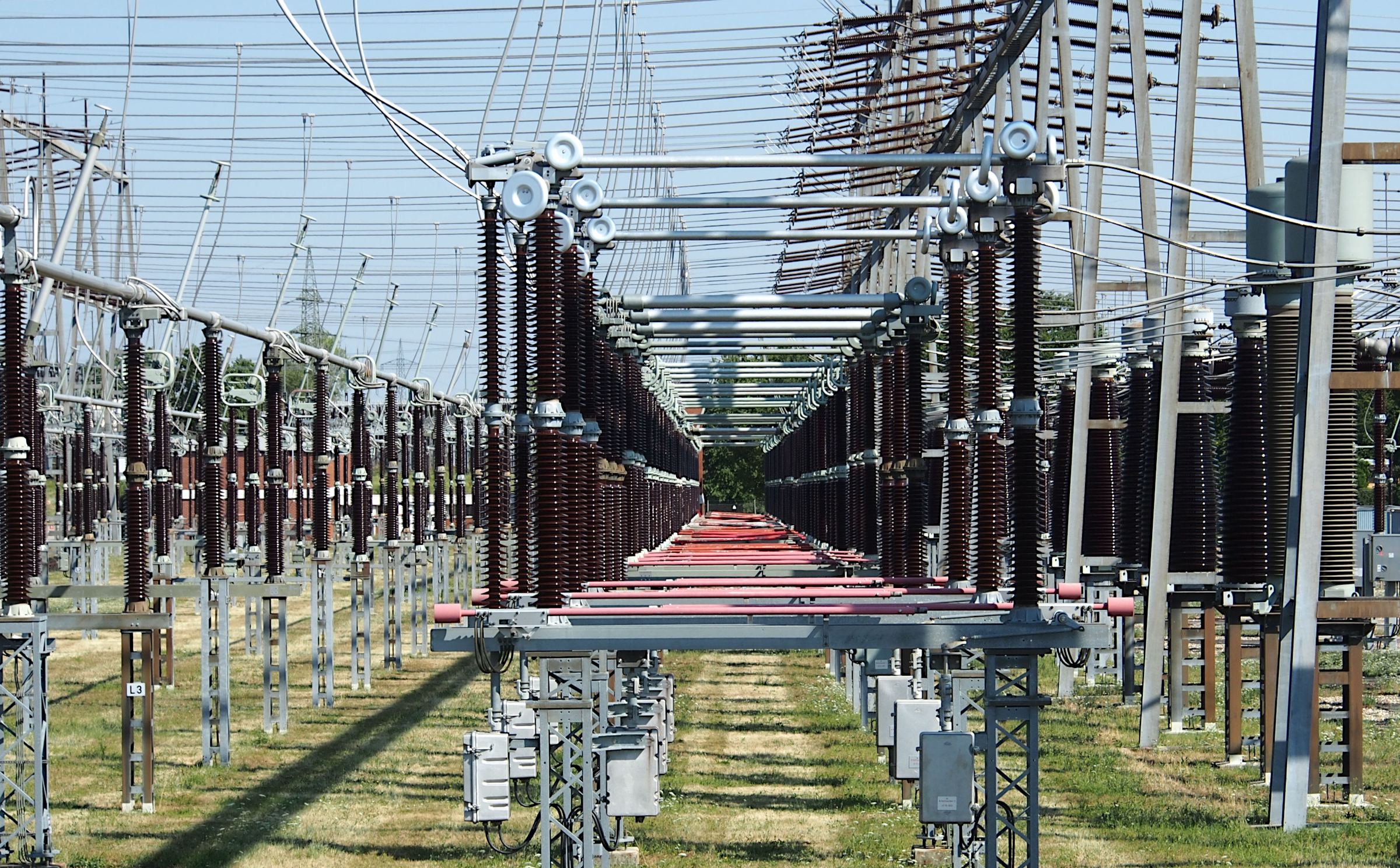EVALUATION OF DIFFERENT MODELS TO ESTIMATE REFERENCE EVAPOTRANSPIRATION AT DIFFERENT CLIMATIC ZONES OF PAKISTAN
Keywords:
Reference Evapotranspiration, NASA-POWER data, Penman-Monteith FAO56Abstract
Evapotranspiration plays an important role in many fields like agriculture, irrigation, water resource management, and the environment. The right information of reference evapotranspiration can help in increasing water use efficiency and productivity. The reference evapotranspiration can be measured by in-field methods, but they are time consuming, costly, require greater care of the complex instrumentation, and require skilled persons. Due to these restrictions, the utilization of empirical, semi empirical, and physical equations for estimation of reference evapotranspiration are more convenient. Pakistan like other developing countries, has limited ground-based weather stations and limited weather parameters availability, which restrict the applicability of Penman-Monteith FAO56 (PM-FAO56) equation. Therefore, alternative equations for calculation of reference evapotranspiration need to be evaluated for different regions with different data sources. Also, in case of the limited or missing ground-based weather data, the National Aeronautics and Space Administration Prediction of Worldwide Energy Resource (NASA-POWER) meteorological data is considered as one of the prominent easily available data sources. In this study different models are evaluated with PM-FAO56 model for estimation of reference evapotranspiration by utilizing the NASA-POWER data for different climatic zones of Pakistan. Three stations from four climatic zones of Pakistan are selected to check the variability of models performance. One combination based, five temperature-based, five radiation-based, and five mass-transfer based models are used in comparison with PM-FAO56 model. The results of the models were evaluated by well-known statistical indices which include root mean square error (RMSE), mean absolute error (MAE), Nash-Sutcliffe efficiency (NSE), Pearson correlation coefficient (r), index of agreement (d), and percentage error of estimate (PE). The Valiantzas (combination based) model appeared to show very good performance and correlation at all stations of the study area for estimation of daily reference evapotranspiration indicated by RMSE, MAE, NSE, r, d and PE. All the temperature-based models except Blaney-Criddle model showed good performance followed by radiation-based models and mass-transfer based models.
















